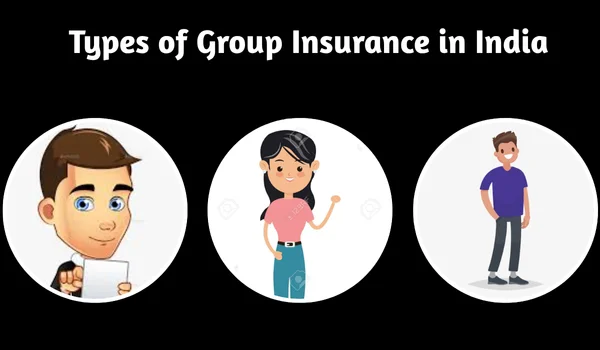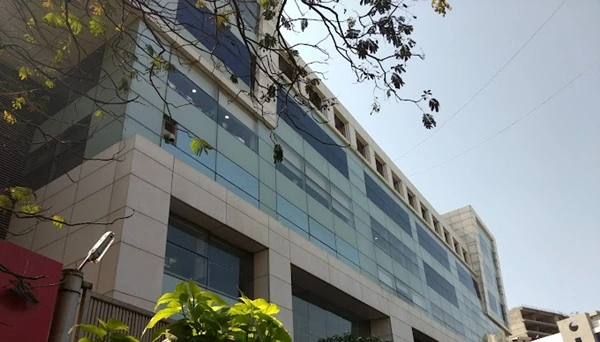In India’s evolving insurance landscape, group insurance has emerged as one of the most beneficial tools for financial security and employee welfare. Unlike individual insurance policies, group insurance covers multiple individuals under a single master policy — usually provided by employers, associations, or societies. It not only offers cost-effective protection but also strengthens the bond between organizations and their members or employees.
As businesses, institutions, and associations grow, providing group insurance has become a vital part of employee benefit packages and social responsibility programs. Let’s explore in detail the types of group insurance policies in India, their features, benefits, and suitability for different organizations.
What is Group Insurance?

Group insurance is a single insurance policy that covers a defined group of people under one master policy. Typically, the employer (or the group administrator) purchases the policy for its members, and all the insured individuals enjoy the same coverage benefits.
The Insurance Regulatory and Development Authority of India (IRDAI) regulates group insurance policies in India, ensuring transparency and fairness in coverage, claims, and renewals.
Group insurance is not only a cost-effective way to offer protection but also provides peace of mind to employees or members, knowing their loved ones are financially secure in case of emergencies.
Key Features of Group Insurance
- Single Master Policy: One policy covers the entire group.
- Lower Premiums: Since the risk is spread over multiple individuals, premiums are generally cheaper than individual policies.
- Automatic Coverage: All eligible members are automatically covered without complex medical tests.
- Flexible Coverage Options: Employers can choose add-ons like accidental death, disability, or critical illness cover.
- Renewable Annually: Most group insurance policies are renewed yearly.
- Employer Contribution: Often, the employer pays the premium, although in some cases, employees may share the cost.
Types of Group Insurance in India
There are several types of group insurance policies available in India, designed to serve different protection needs — from health to life and pensions. Below are the most common types:
1. Group Health Insurance (Mediclaim Policy)
Group health insurance is one of the most popular types of group policies in India. Employers often provide this coverage to ensure employees and their families are protected against medical expenses.
Key Features:
- Covers hospitalization costs, surgeries, room rent, and pre/post-hospitalization expenses.
- Can be extended to family members (spouse, children, parents).
- Cashless treatment available at network hospitals.
- Coverage starts immediately—no waiting period for pre-existing diseases in many cases.
Example: Companies like TCS, Infosys, and Wipro offer group mediclaim to their employees, covering both employees and dependents.
2. Group Life Insurance
Group life insurance provides life coverage to employees under a single plan. If a member dies during the policy period, their nominee receives the insured sum.
Key Features:
- Coverage continues as long as the person is part of the group.
- Provides financial security to the family in case of death.
- Can include add-ons like accidental death or disability cover.
- Premiums are lower compared to individual life policies.
Example: The Group Term Life Insurance scheme is a common option chosen by corporates and government organizations.
3. Group Personal Accident Insurance
This type of insurance provides compensation in case of death, disability, or injury due to an accident. It is particularly useful for employees working in high-risk industries like construction, transport, or manufacturing.
Key Features:
- Covers accidental death, total or partial disability, and medical expenses due to accidents.
- Can offer weekly compensation for temporary disabilities.
- Offers global coverage.
Example: A logistics company can insure its drivers and delivery staff under a group personal accident policy.
4. Group Travel Insurance
Organizations that frequently send employees abroad or on domestic business trips can opt for group travel insurance. It offers protection against travel-related risks.
Key Features:
- Covers trip cancellations, baggage loss, flight delays, and medical emergencies abroad.
- Provides 24×7 emergency assistance.
- Reduces the financial burden of overseas medical expenses.
Example: Multinational corporations like Infosys or Deloitte often provide this coverage for employees traveling internationally for business purposes.
5. Group Pension/Retirement Plans
A group pension plan ensures that employees receive a regular income post-retirement. Employers contribute to a common fund, which accumulates over time and provides pension benefits to members after retirement.
Key Features:
- Helps employees build a retirement corpus.
- Encourages financial planning and security post-employment.
- Can be structured as a defined benefit or defined contribution plan.
- Some plans include life cover along with pension benefits.
Example: The Employees’ Provident Fund (EPF) and National Pension System (NPS) are forms of group retirement benefits managed under Indian law.
6. Group Gratuity Plan
A group gratuity insurance plan helps employers manage the statutory gratuity liability for employees under the Payment of Gratuity Act, 1972.
Key Features:
- Employers create a trust and invest regularly to fund gratuity payments.
- Insurance companies manage the investment and ensure fund growth.
- Employees receive gratuity at retirement, resignation, or death.
Example: LIC’s Group Gratuity Scheme is widely used by private and public organizations across India.
7. Group Credit Life Insurance
This type of insurance is linked to loans or credit facilities. It ensures that in case of a borrower’s death, the outstanding loan amount is paid off, relieving their family from the debt burden.
Key Features:
- Covers outstanding loan amount in case of borrower’s death.
- Commonly used by banks, NBFCs, and microfinance institutions.
- Premiums are low due to the group nature of the policy.
- The coverage amount reduces as the loan is repaid.
Example: Housing finance companies like HDFC Ltd. or LIC Housing Finance provide group credit life insurance with home loans.
8. Group Savings Linked Insurance (GSLI)
This plan combines insurance protection with savings benefits. It allows members to accumulate savings while also enjoying life cover protection.
Key Features:
- Offers both death benefit and maturity benefit.
- Ideal for long-term employee retention.
- Employers or cooperatives can sponsor these schemes.
- Bonuses and interest are often added to the savings component.
Example: Cooperative societies and educational institutions often use GSLI to motivate members.
Benefits of Group Insurance
- Financial Protection: Provides financial security to employees and their families.
- Employee Retention: Strengthens employee loyalty and satisfaction.
- Tax Benefits: Premiums paid by employers are tax-deductible under Section 37(1) of the Income Tax Act.
- Affordable Coverage: Lower premiums due to risk pooling.
- Ease of Management: One master policy simplifies administration.
- No Medical Tests: Most policies provide coverage without medical examinations.
Who Can Buy Group Insurance?
- Employers covering their employees.
- Associations or societies covering members.
- Banks or NBFCs covering loan customers.
- Government or semi-government organizations.
- Trade unions or welfare associations.
Conclusion
Group insurance policies in India play a crucial role in promoting financial security, social welfare, and employee satisfaction. Whether it’s life, health, accident, or pension coverage, these plans ensure that a group of people can enjoy comprehensive protection at an affordable cost.
Employers and organizations can choose from various types of group insurance depending on their workforce size, financial capability, and benefit goals. With IRDAI’s regulatory framework ensuring transparency and accountability, group insurance continues to be one of the most reliable and impactful tools in India’s insurance ecosystem.





